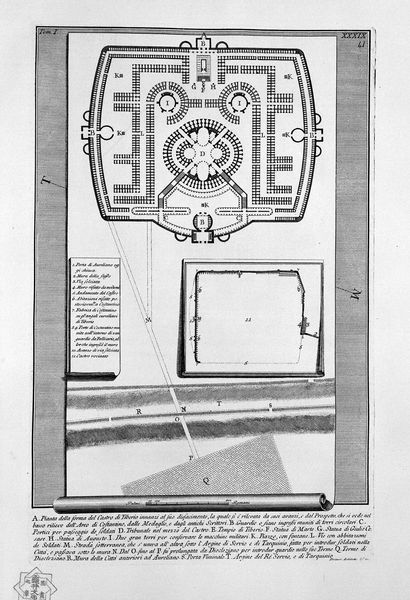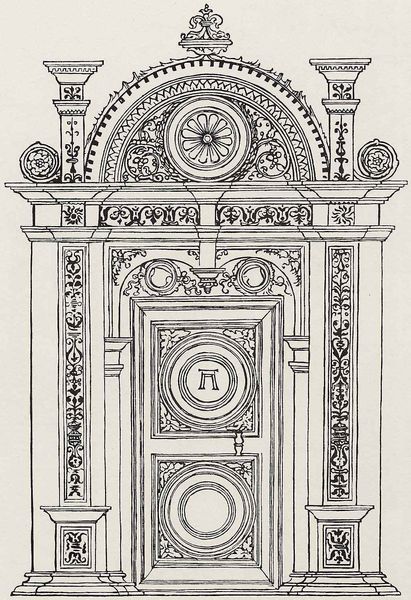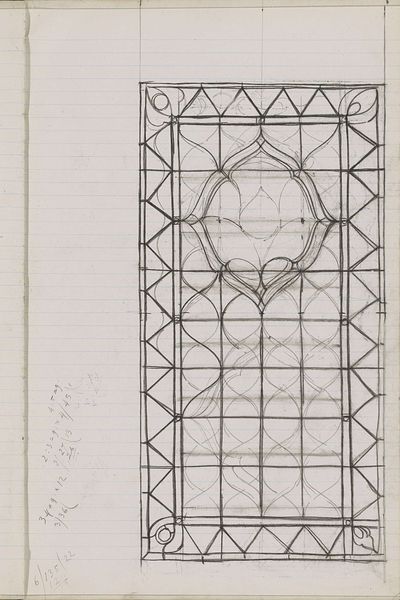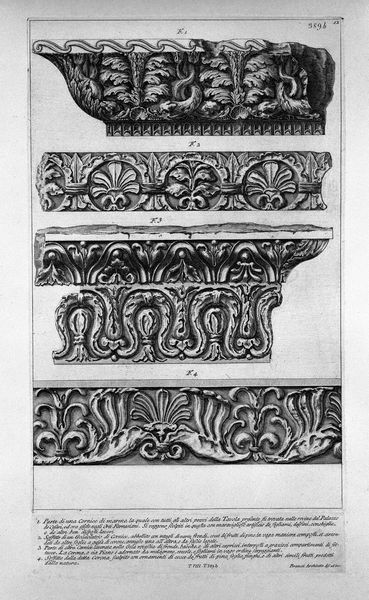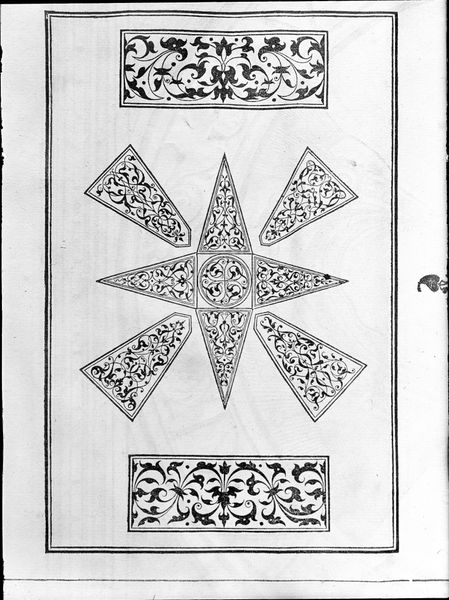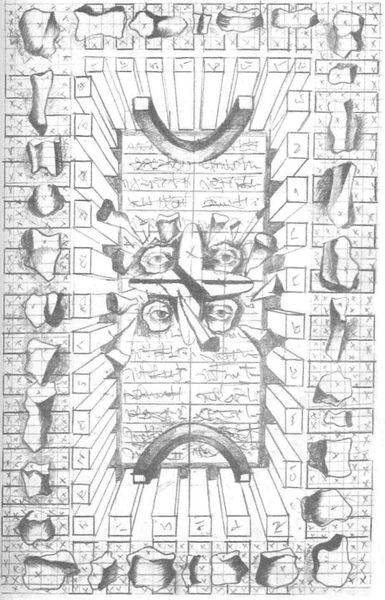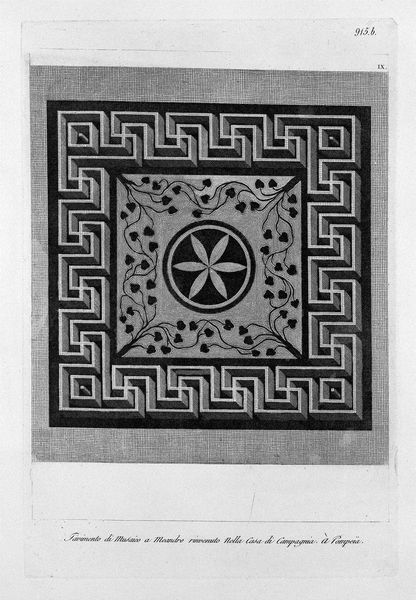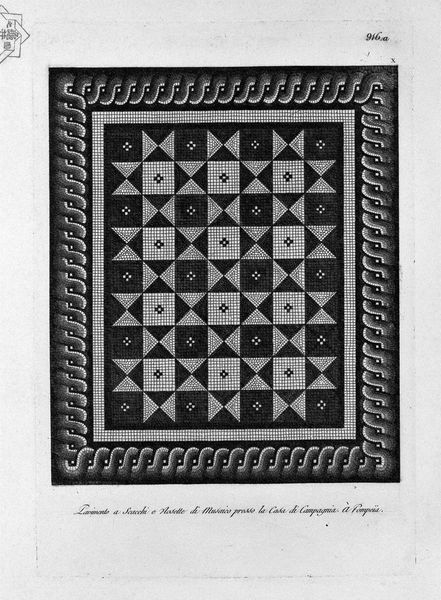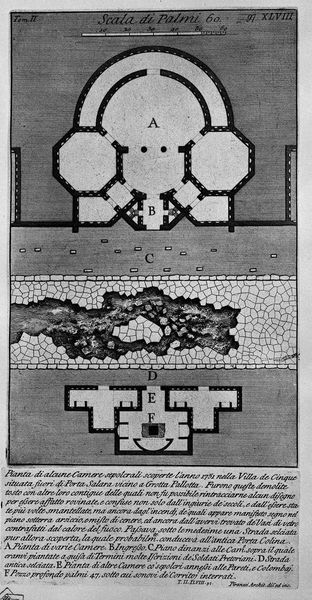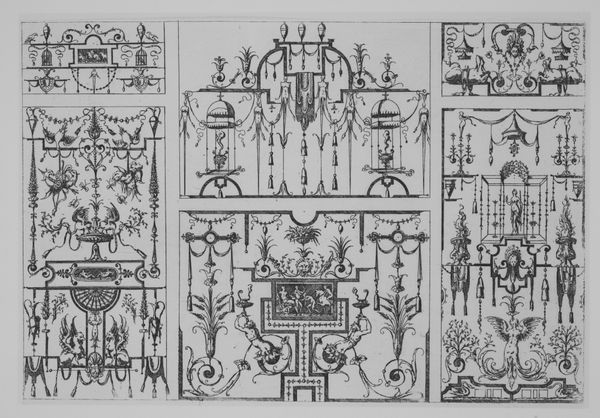
In the House of Pompeii, once downstairs half-barrel, the ch`ha impostatura for the two longer sides
0:00
0:00
drawing, print, pen, engraving, architecture
#
drawing
#
neoclassicism
# print
#
old engraving style
#
woodcut effect
#
hand drawn
#
geometric
#
limited contrast and shading
#
line
#
pen work
#
pen
#
engraving
#
architecture
Copyright: Public domain
Curator: Looking at this piece by Giovanni Battista Piranesi titled "In the House of Pompeii, once downstairs half-barrel, the ch`ha impostatura for the two longer sides," the precision of line work almost feels unsettling. What do you think? Editor: It does feel rather…clinical. At first glance, I see a meticulously planned space, very formal and structured. The black and white emphasizes the geometric shapes and repeated motifs, creating a sense of austere elegance. It reminds me of blueprints almost! Curator: That's fascinating, because it IS essentially an architectural blueprint, meant to document a space in Pompeii! Piranesi was deeply interested in recording and reimagining Roman antiquity. Editor: So it’s an archeological record, presented as art! The perspective feels odd—as if we are hovering directly above a room's ceiling, or perhaps even a complex mosaic floor. What’s with all the mythological creatures, and why are they flying so furiously?! Curator: Those creatures really give it away that this is no mere objective diagram; they hint at the whimsy that sneaks its way into the architectural plans! The creatures you spotted were a commonly employed motif, decorative elements favored in Roman interior design. This also highlights how influential design was and, in turn, continues to be on visual art. Editor: So this image does not merely capture a style but recreates one, ensuring that it perpetuates across generations of makers and artists. Seeing them depicted here like this makes me realize the importance of ancient Rome. Curator: Exactly! It speaks volumes about the influence these discoveries and artistic traditions have exerted on subsequent eras. Editor: I hadn't thought of it that way initially, but viewing this piece of work has opened my eyes, highlighting Rome's rich influence! Curator: For me too! A visit with Piranesi's print gives new insight to design and creativity.
Comments
No comments
Be the first to comment and join the conversation on the ultimate creative platform.


